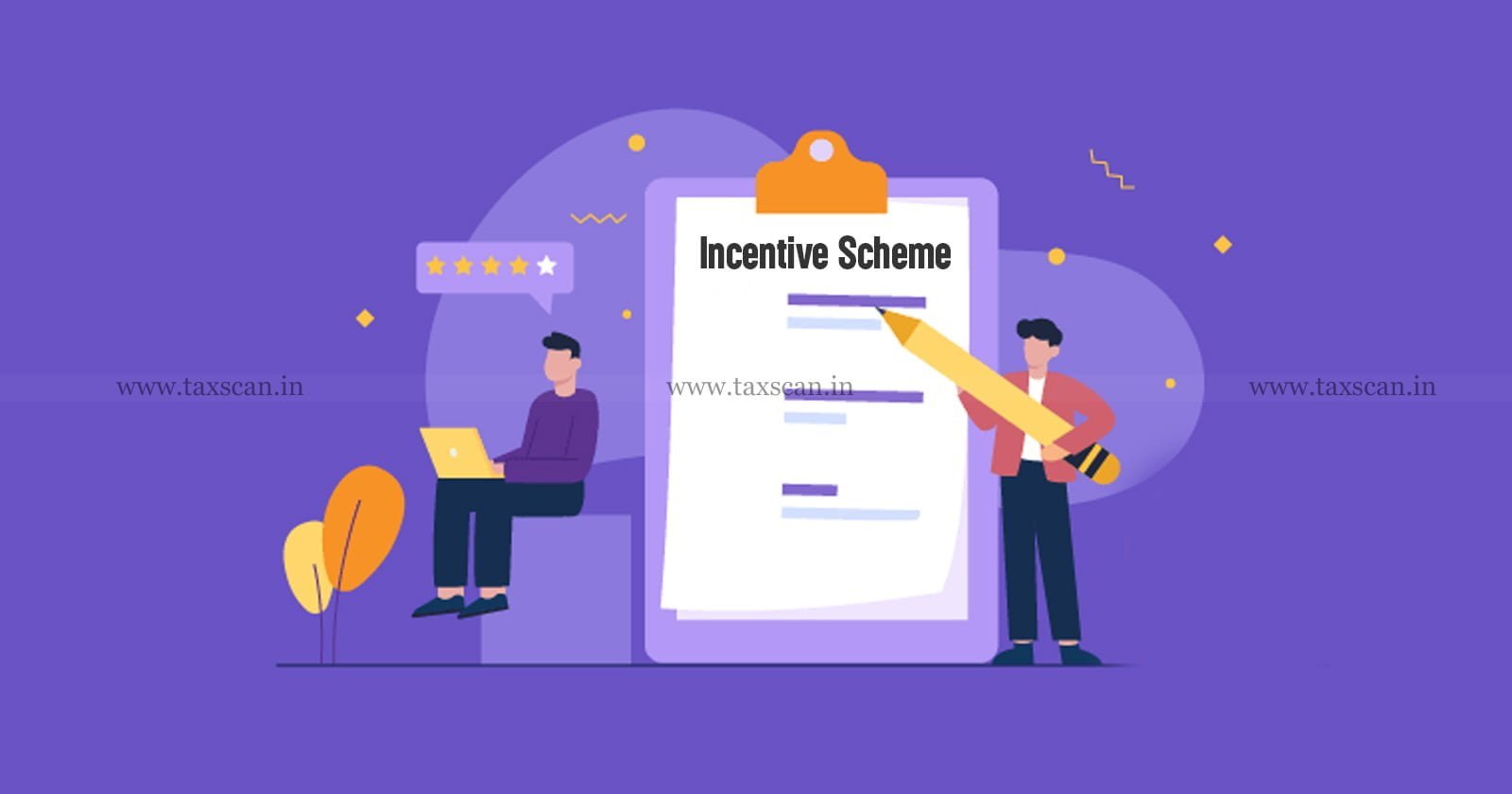Boost for Small Merchants: Incentive Scheme Removes MDR on Low-Value P2M BHIM-UPI Transactions
Small merchants were often hesitant to accept low-value payments via UPI due to the MDR imposed on them; the changes are slated to do away with such apprehensions

Incentive Scheme – UPI Transactions – MDR on Low-Value P2M – taxscan
Incentive Scheme – UPI Transactions – MDR on Low-Value P2M – taxscan
The Union Cabinet, chaired by Prime Minister Narendra Modi has approved the Incentive Scheme for the Promotion of Low-Value BHIM-UPI (Bharat Interface for Money-Unified Payments Interface) in Person-to-Merchant (P2M) Transactions for the financial year 2024-25. The approval of the scheme was announced through the the Press Information Bureau (PIB) website on Wednesday, 19 March, 2025.
The pivotal change introduced through the announcement was the removal of Merchant Discount Rate (MDR) on UPI transactions up to ₹2,000, providing relief to small businesses that were previously apprehensive about accepting digital payments on low-value transactions due to the additional costs imposed.
How Does the Supreme Court Shape Tax Laws? Discover Landmark Rulings! - Click here
The scheme which is effective from April 1, 2024, to March 31, 2025 has received a governmental allocation of ₹1,500 crore for its implementation.
How does this matter?
The introduction of digital payment methods, specifically UPI-based payment mechanisms, were a game changer in the way people spent their money. Ever since, digital payments have been a key pillar of India's financial inclusion strategy, ensuring that businesses of all sizes can benefit from cashless transactions.
How Does the Supreme Court Shape Tax Laws? Discover Landmark Rulings! - Click here
The imposition of MDR transaction charges on digital payments turned away numerous small merchants from accepting such payments due to the loss incurred by them. Recognizing this barrier, the Government of India previously waived MDR on RuPay Debit Cards and BHIM-UPI transactions in 2020 through amendments in the Payment and Settlement Systems Act, 2007, and Section 269SU of the Income-Tax Act, 1961.
Read More: Andhra Pradesh HC Grants Anticipatory Bail on Accused in UPI Fraud, Benami, and Hawala Transactions
Despite the measures, the cost burden on banks and payment service providers facilitating the transactions still remained a challenge. To ensure sustained growth in digital transactions, the new incentive scheme provides direct financial support to acquiring banks, who in turn facilitate UPI payments for merchants.
How Does the Supreme Court Shape Tax Laws? Discover Landmark Rulings! - Click here
Who all are covered under the Incentive Scheme?
The incentive scheme specifically targets small merchants who process UPI transactions up to ₹2,000. The government will incentivize acquiring banks at a rate of 0.15% per transaction for such payments. Large merchants will not receive incentives but will continue to benefit from zero MDR.
| Merchant Category | Transaction up to ₹2,000 | Transaction above ₹2,000 |
| Small Merchants | Zero MDR + 0.15% Incentive | Zero MDR, No Incentive |
| Large Merchants | Zero MDR, No Incentive | Zero MDR, No Incentive |
How Does the Supreme Court Shape Tax Laws? Discover Landmark Rulings! - Click here
How Will the Incentive Be Disbursed?
To ensure efficient disbursement, the acquiring banks (i.e., the banks that onboard merchants) will receive 80% of the admitted claims upfront each quarter. The remaining 20% will be contingent upon two key performance metrics:
- 10% of the claim will be paid if the bank maintains technical declines below 0.75%.
- The remaining 10% will be provided if the bank ensures system uptime above 99.5%
Read More: Govt Tracks UPI Payments: Panipuri Seller with Rs. 40L Revenue Gets GST Summons
How Does the Supreme Court Shape Tax Laws? Discover Landmark Rulings! - Click here
The Benefits
Small merchants shall now be assured of cost-free digital transactions, removing financial hurdles that previously discouraged UPI adoption. The benefits are plenty, including lack of extra MDR charges on UPI transactions, father cash flow and instant settlement and bank reconciliation processes and enhanced customer convenience.
Moreover, the digital track record of transactions can aid merchants while applying for loans as well.
The incentive scheme is a step towards the right direction, aligning with India’s trajectory towards a cashless economy while ensuring that the smaller players are not left behind.
Support our journalism by subscribing to Taxscan premium. Follow us on Telegram for quick updates


